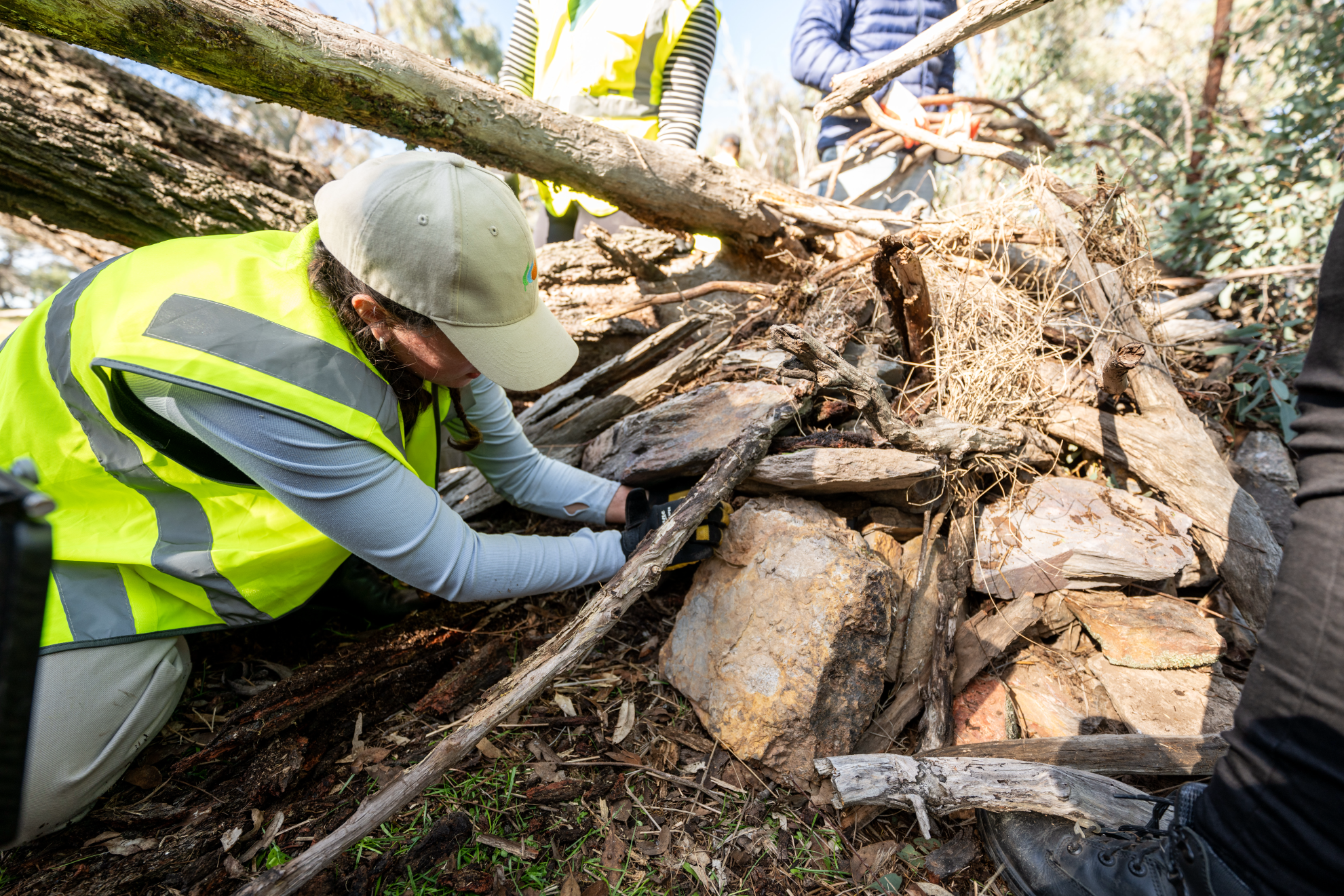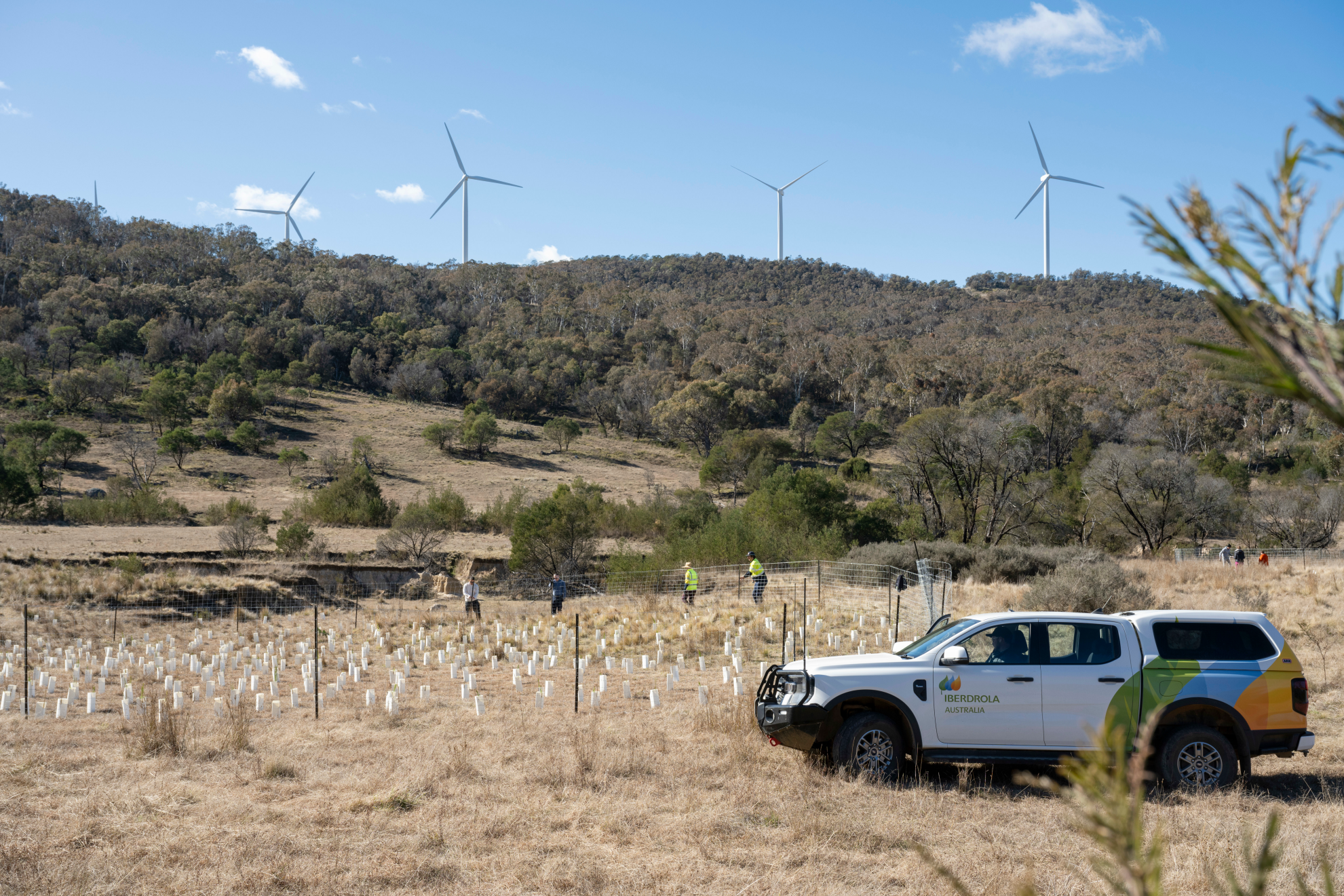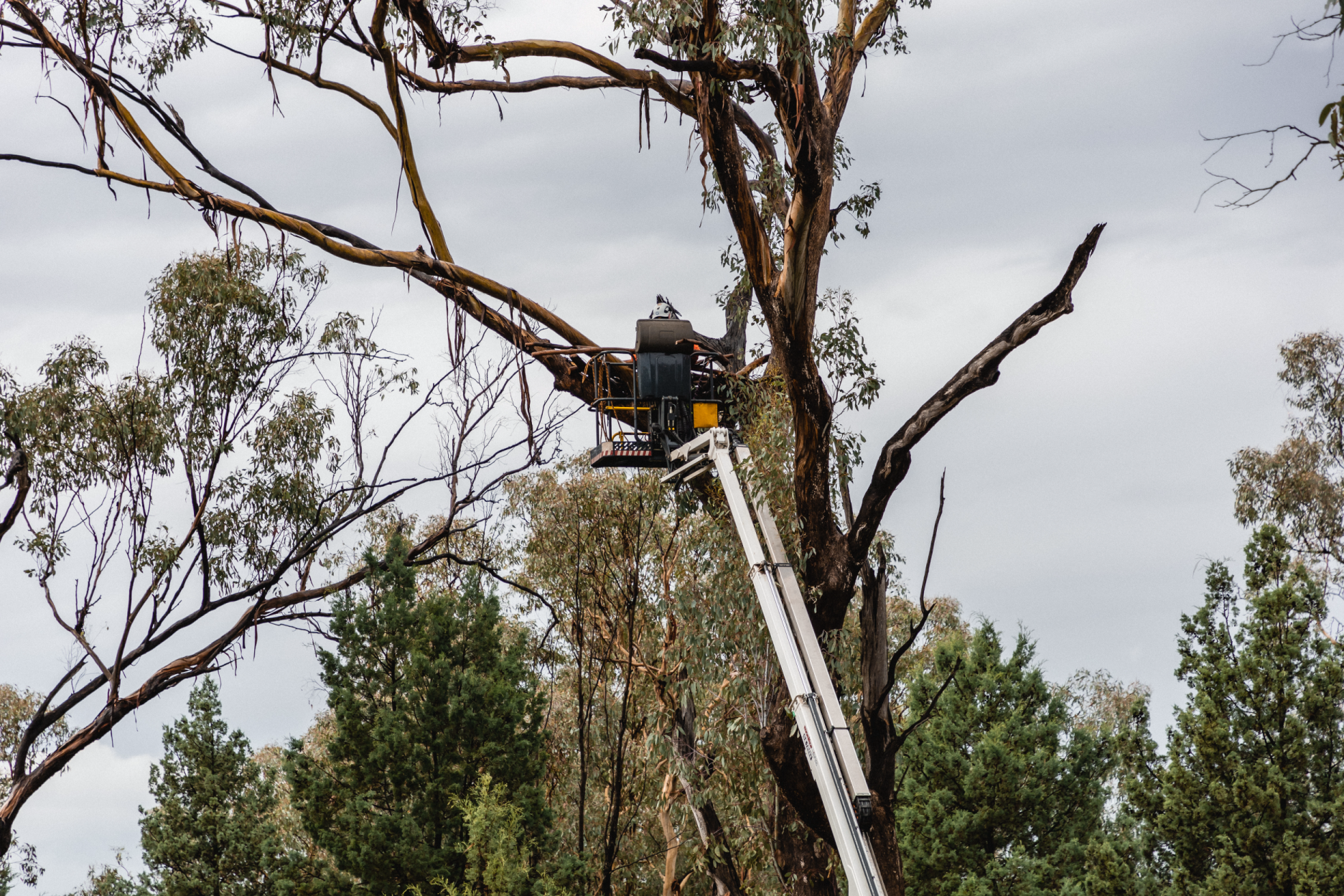Our Biodiversity Strategy
Our Approach
At Iberdrola Australia we believe that environmental conservation is about much more than climate change. As we decarbonise the electricity system we introduce new wind and solar generation into regional Australia. This can have impacts on the precious ecosystems that define our unique country.
At our sites, we aim to have a positive impact on the natural environment. We share Iberdrola's global commitment to being "nature positive" by 2030 and we aim to conserve, if not enhance, the natural ecosystems at our operating sites.
We have a broad commitment to partnering, collaboration and knowledge sharing, particularly in these critical initiatives.
Explore Our Sustainability Projects

Squirrel Glider Habitat Improvement Project
In November 2024, Iberdrola Australia staff worked with ecologists to deliver a habitat improvement project for the Squirrel Glider at Flyers Creek Wind Farm.
Learn more
Spotted-tailed Quoll Den Building Project
In June 2024, our staff worked hard to install 15 custom dens for the Spotted-tailed Quoll. This native species has been sighted twice in the vicinity of our Bodangora Wind Farm, which is located near Wellington in central west NSW.
Learn more
Bring Back the Glossy Black Cockatoo
In July 2023, Iberdrola Australia delivered a programme to Bring Back the Glossy Black Cockatoo (and Gang Gang Cockatoo) to an area north-east of Canberra, near Bungendore, in the vicinity of our Capital and Woodlawn wind farms.
Learn more
Enhancing Bird and Bat Life at Burrendong Arboretum
In April 2022, staff and ecologists used findings from a field survey to design enhancements to a zone of land at the arboretum to improve its attractiveness to target species.
Learn more